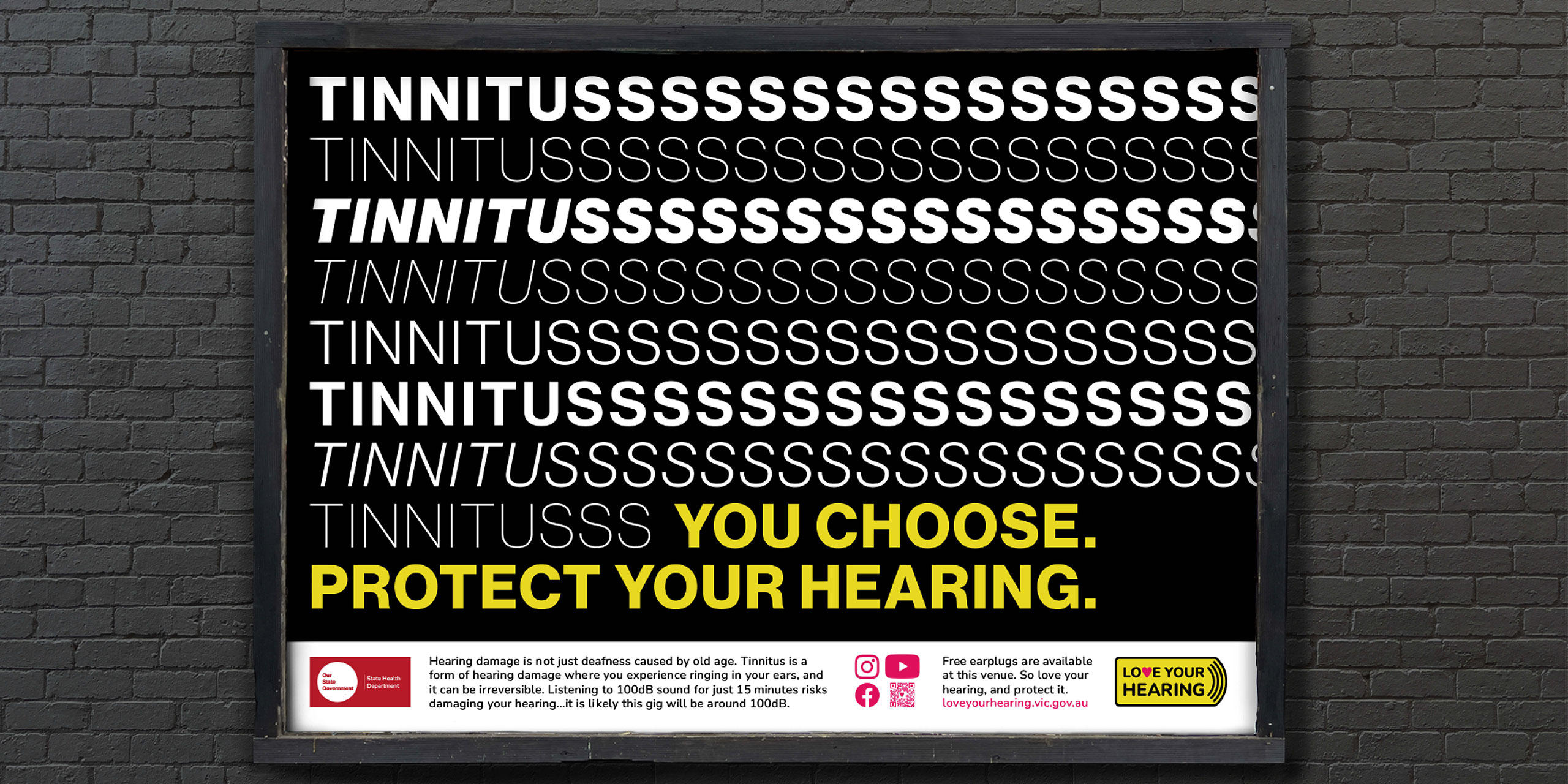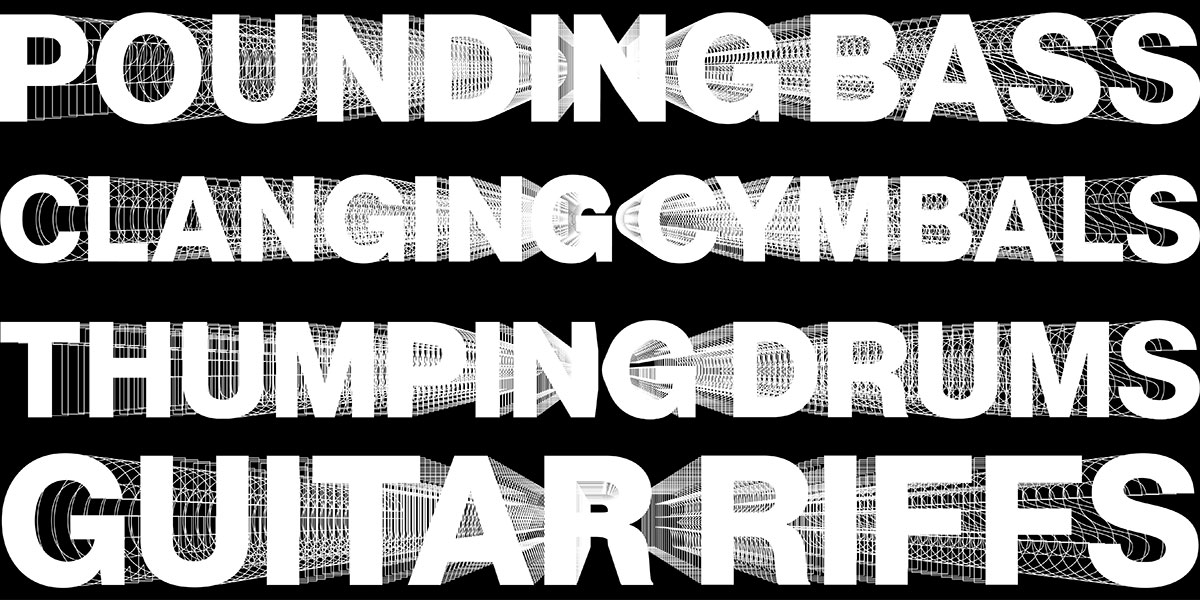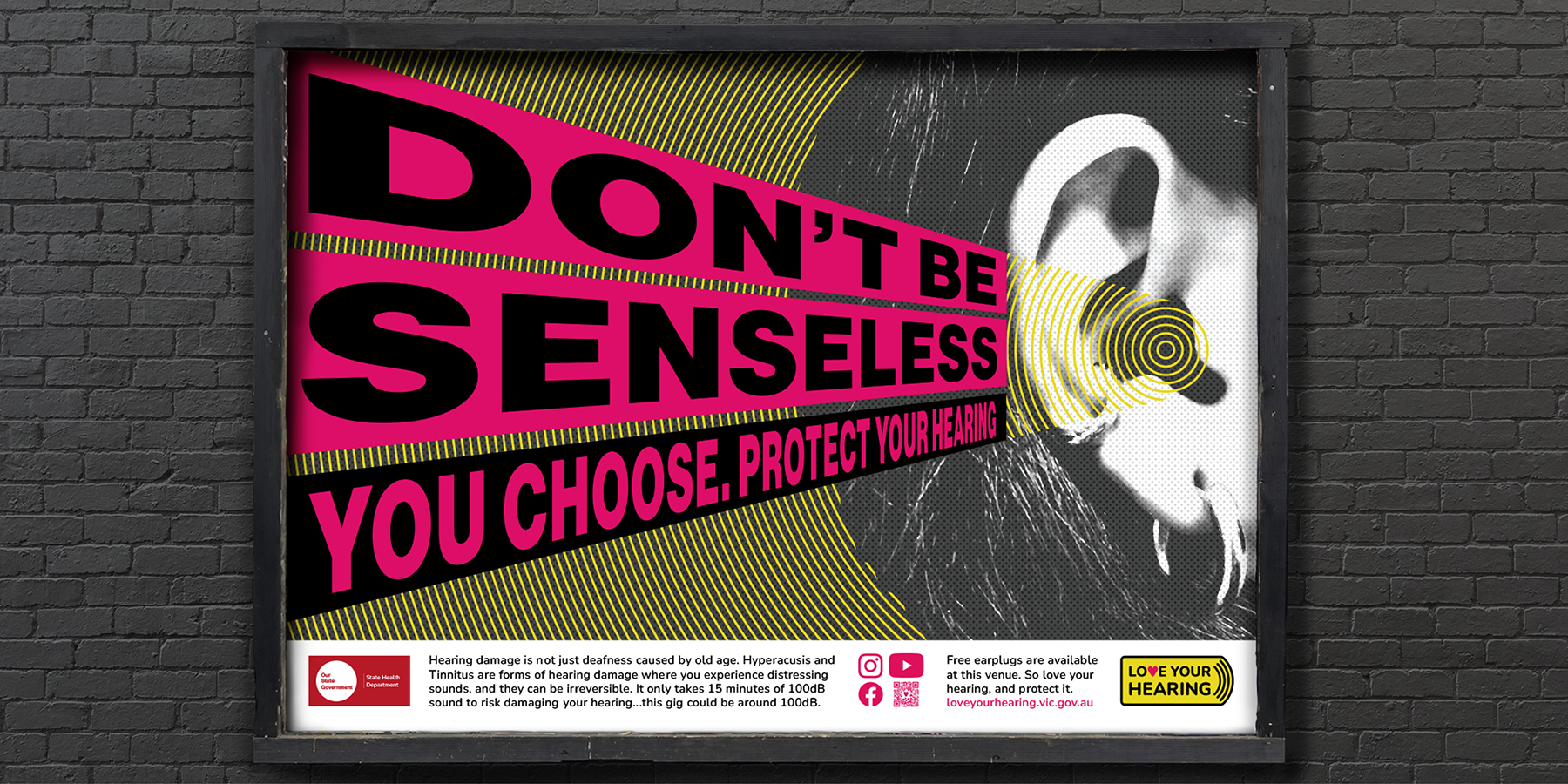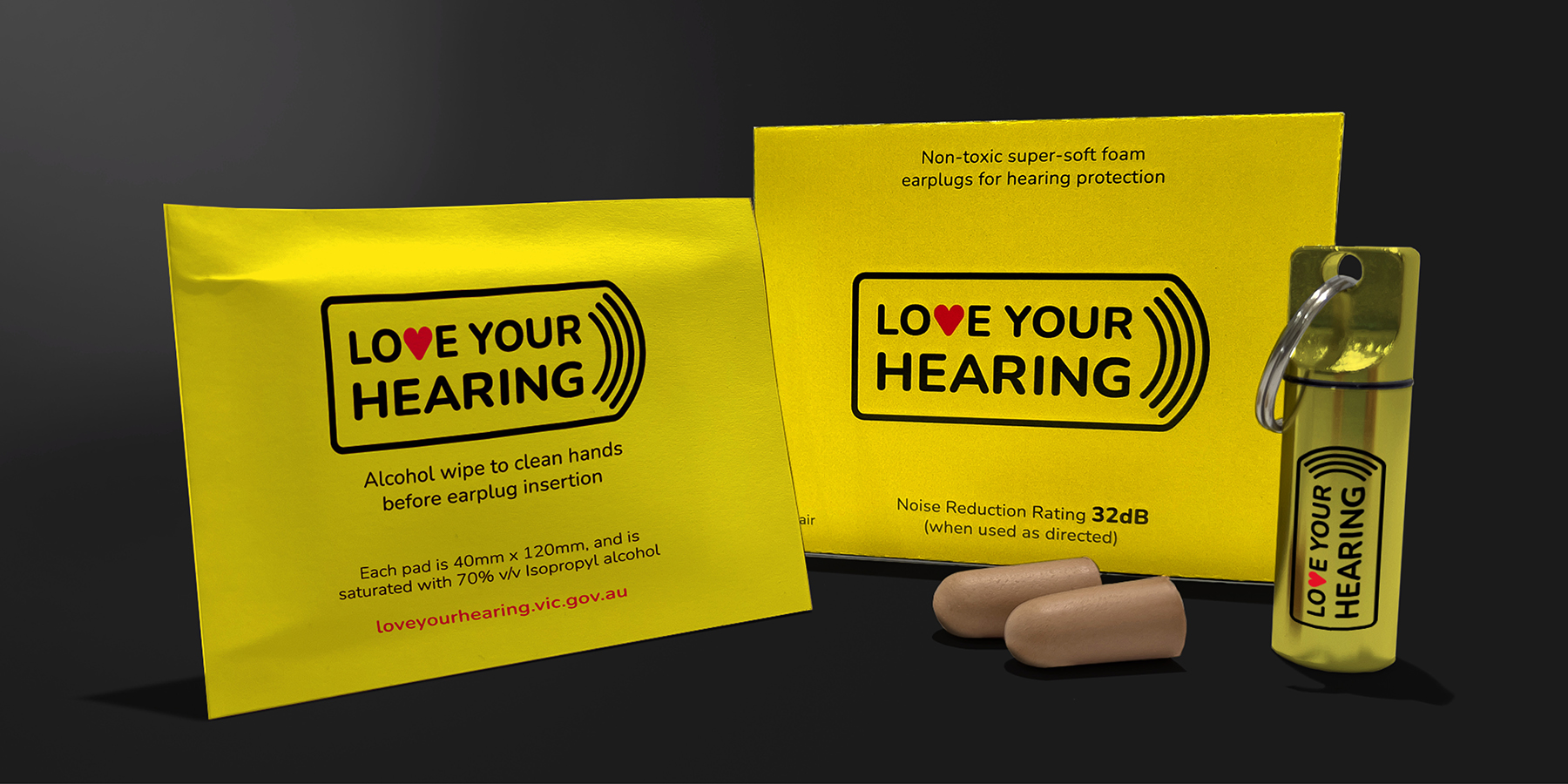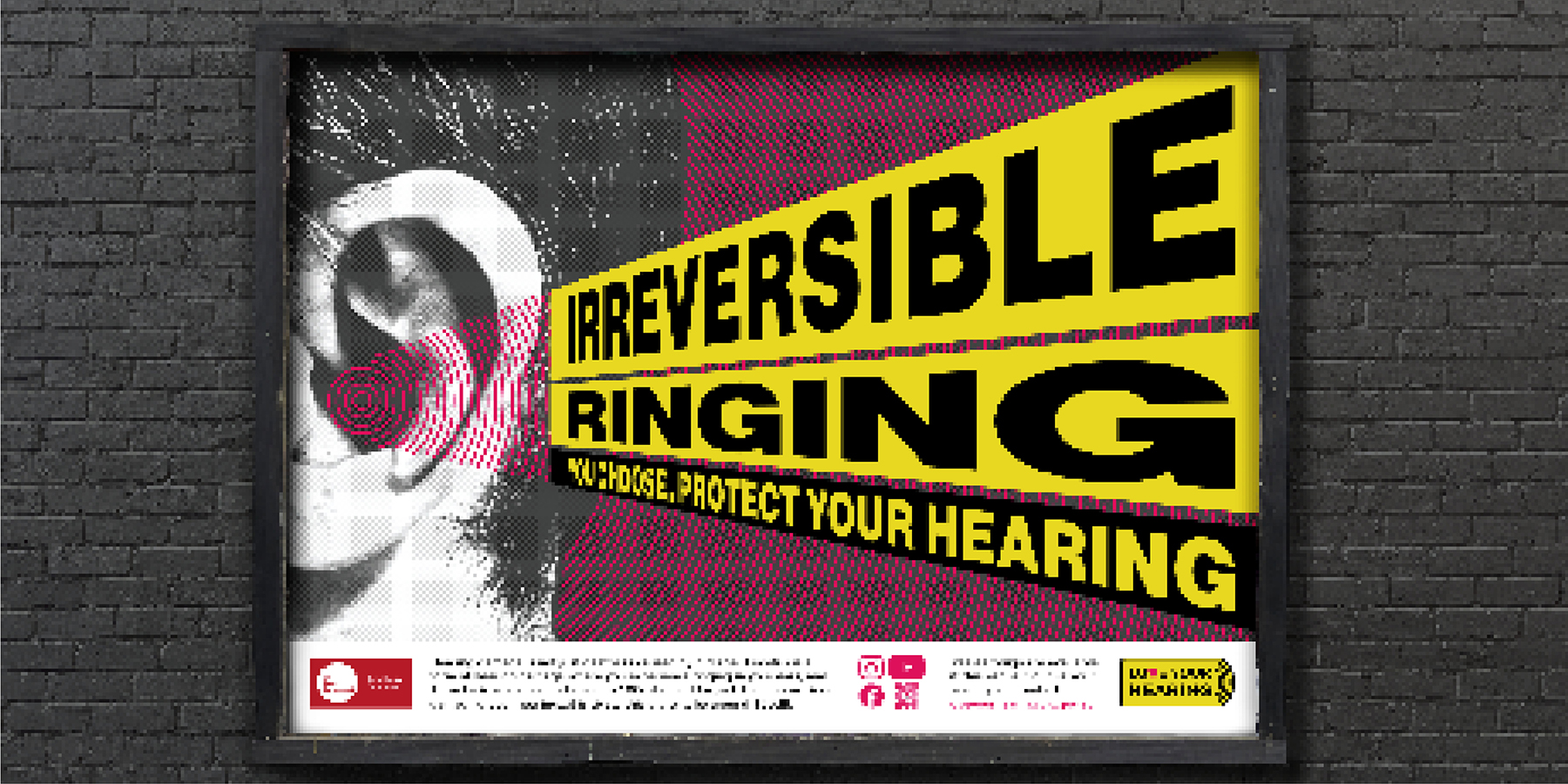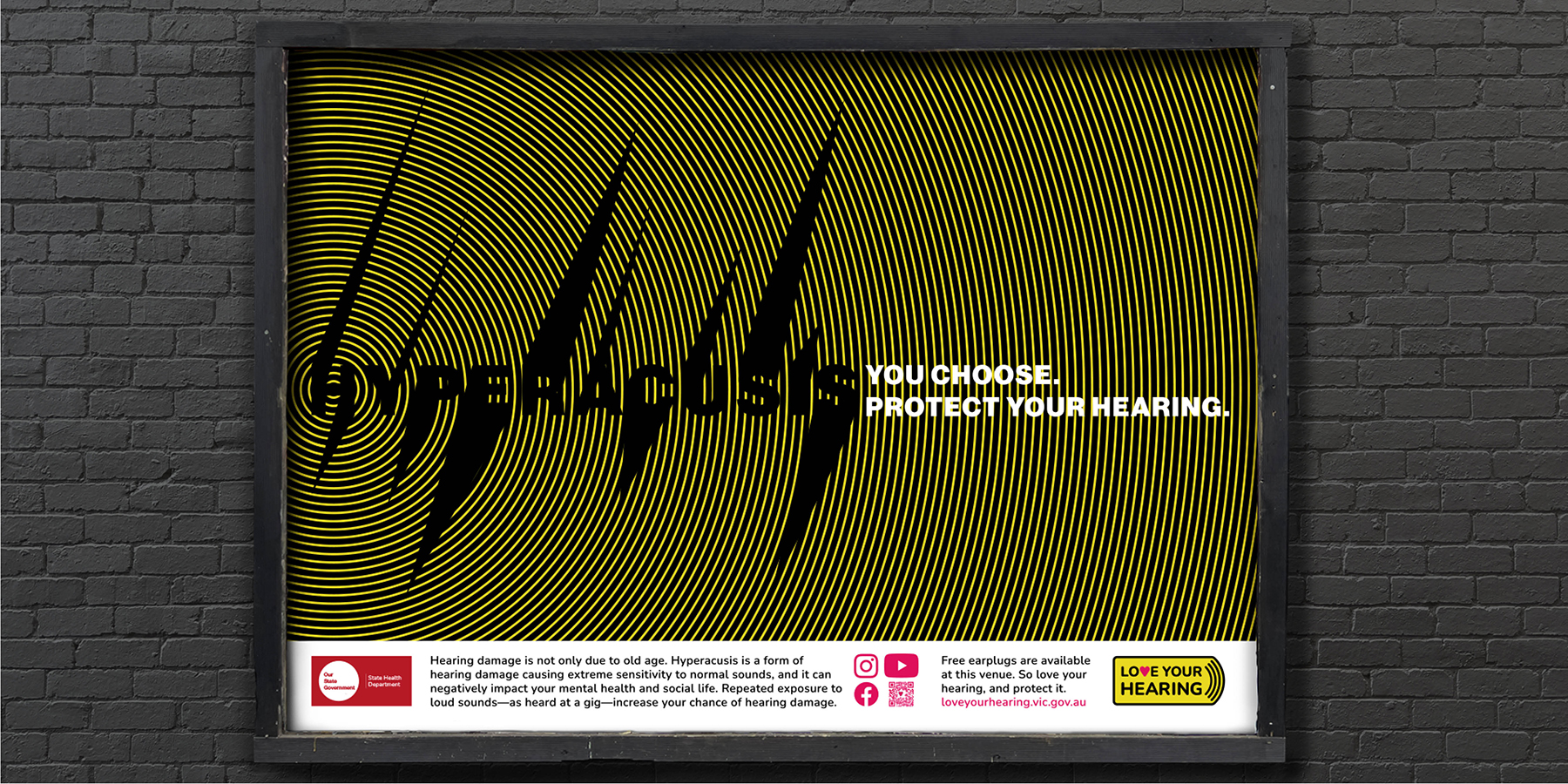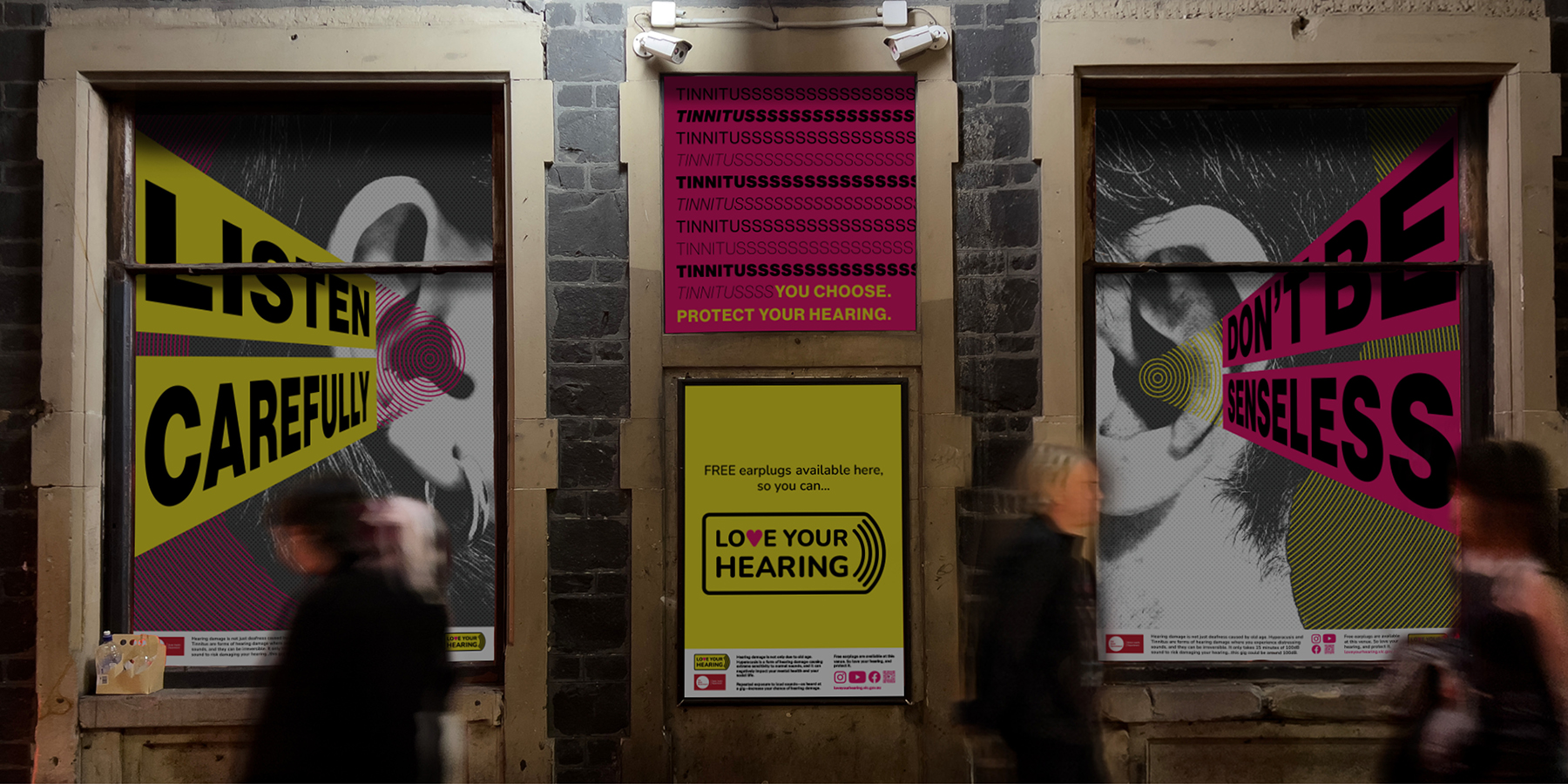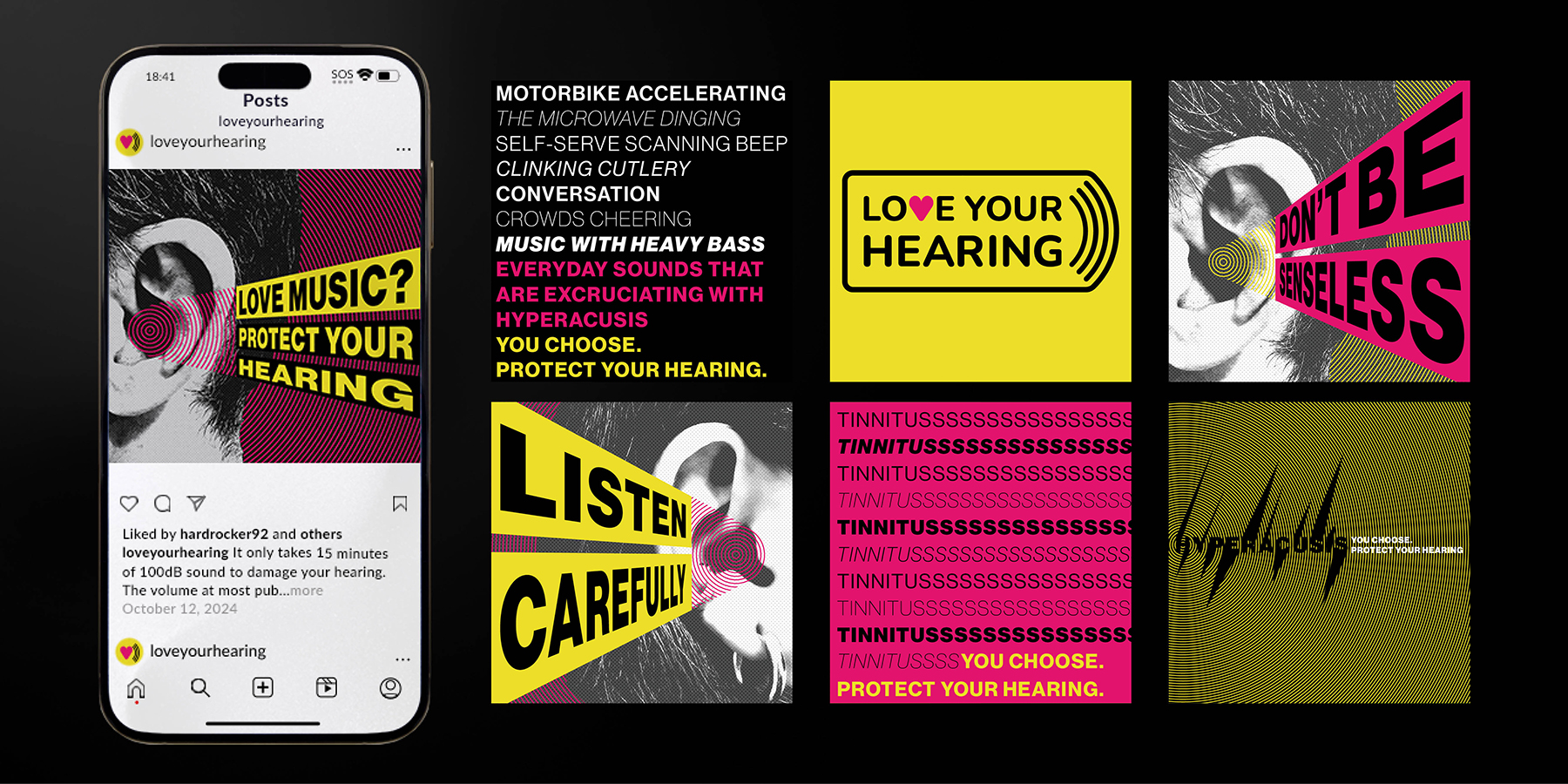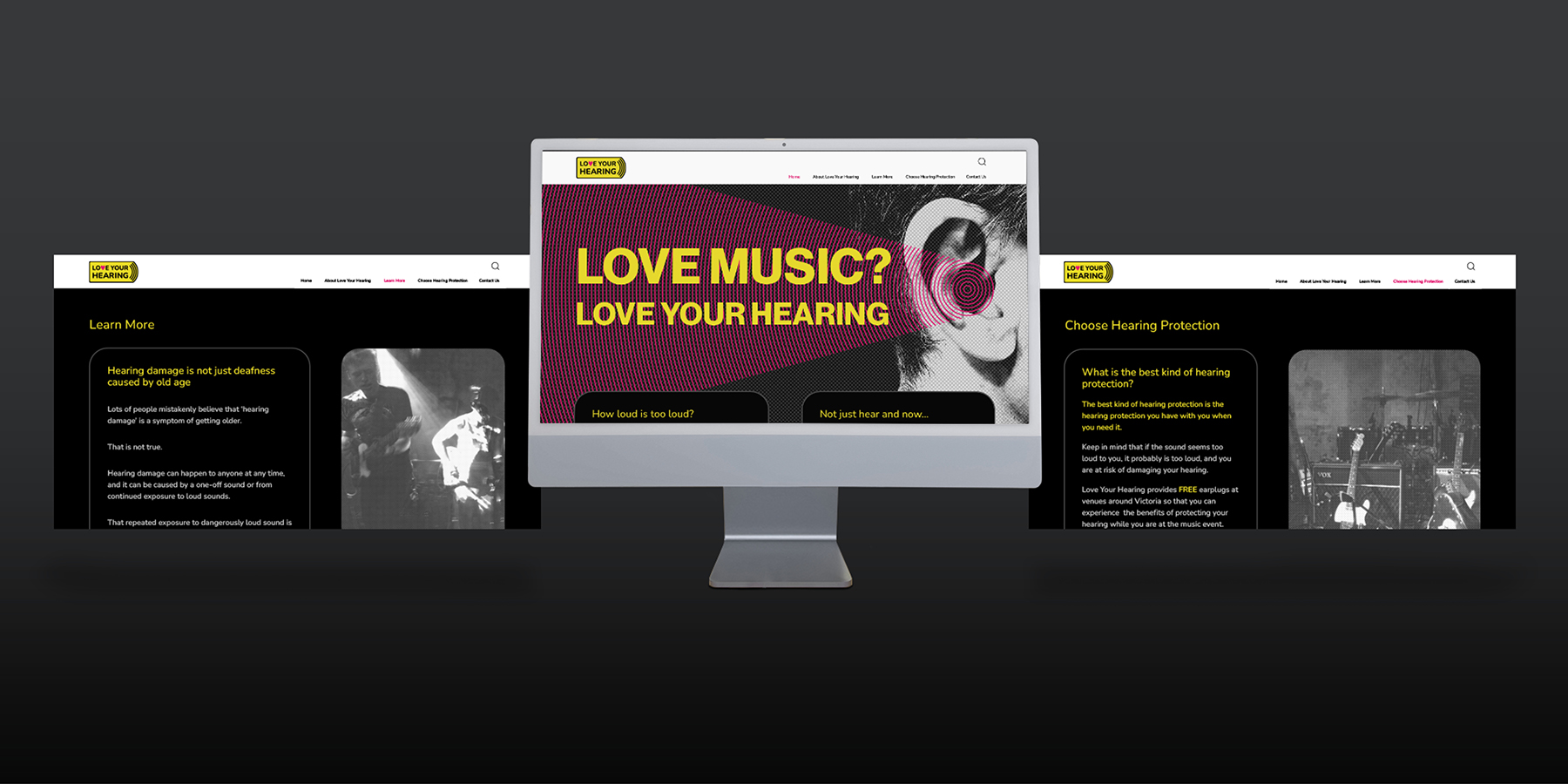Offered an open brief for a Capstone assignment towards a Bachelor of Design, inspiration came from recalling musician Roger Daltrey suffered hearing loss through exposure to loud music during his career. This knowledge prompted deep academic research into the extent of hearing damage due to exposure to recreational noise; the relationship between length of exposure and possible negative effects; whether young adults used hearing protection (beyond anecdotal observation); and the reasons against using hearing protection.
Extensive research provided the basis for creating personas representing the target audience. With these in mind, empathy was fostered and concepts were brainstormed. It was understood that music-attendees did not want to stand out from peers in using hearing protection. However, upon learning that when free earplugs were available, more music-attendees used them (Cha et al., 2015), it was considered that if earplug usage was commonplace in music culture, then the stigma around using hearing protection may fade. Therefore the idea to educate patrons about the negative outcomes of hearing damage through messaging at music venues, and offer an immediate solution—proposed free earplugs available at the venue—was devised. Through significant academic research and inventive visual messaging, the design met and exceeded the brief.
Clear connection to the symptoms of hearing damage are expressed through innovative typographic use. Conical visual forms and emanating representations of reverberations communicate loud impactful sound, and with professional print files developed and extensive production explanation provided, the printed design assets were professionally presented (though not affixed anywhere) towards an expertly executed final design solution. Reference: Cha, J., Smukler, S. R., Chung, Y., House, R., & Bogoch, I. I. (2015). Increase in use of protective earplugs by Rock and Roll concert attendees when provided for free at concert venues. International Journal of Audiology, 54(12), 984–986. https://doi.org/10.3109/14992027.2015.1080863

